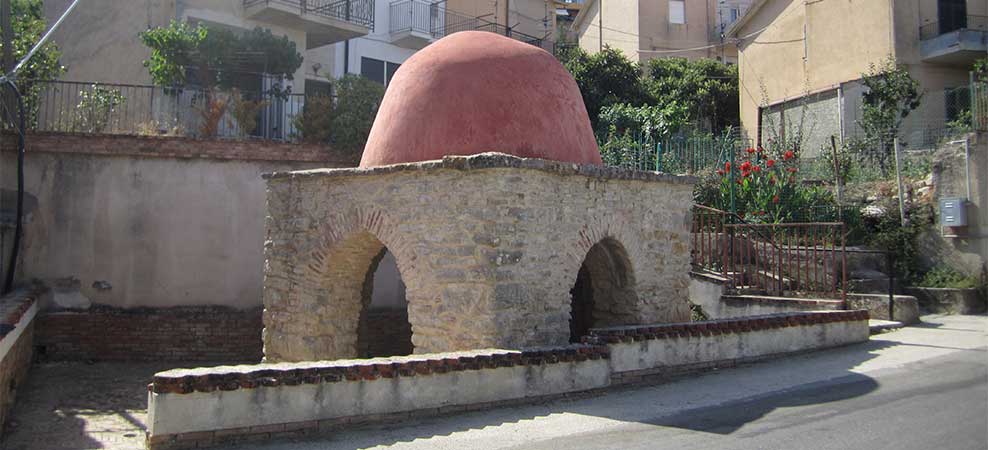
When speaking of Arab Cuba, also known as the Cuba of Ciprigna, reference must be made to the village of Vicari.
We are located in the Val di Mazzara near Palermo where this center also had significant importance during the successive dominations over the centuries. Vicari certainly owes its name to the Greeks and Latins.
And it is in fact from the Greek that the term Bicara comes while from the Latin that of Biccaris from which Vicari is taken which already in the eighth century BC appeared to be inhabited by an autochthonous population who had settled right on the cliff to exploit its slopes for the necropolis .
Visit Vicars it means immersing yourself in an almost unknown pearl of Sicily which is outside the so-called tourist attractions despite having all the qualifications.
The past made up of millennia of dominations are very stimulating to explore and discover and can be seen in the city's architecture.
Right on the edge of the historic centre, in a rather recent district known as Ciprigna, stands the Cuba Araba di Vicari.
What is Cuba Araba or Cuba Ciprigna and how is it made?
It is a stone construction, no more than two meters high, which is the best evidence of the settlement of Arab peoples in Sicily. Originally the Cuba of Ciprigna rose in the countryside but the urban development that has occurred in recent decades have practically incorporated it into modern buildings built all around, highlighting it even more due to a style very distant from that of the other buildings.
In fact the construction is in traditional Arabic style with a cradle above the artifact which rests on four identical pointed arches. It is certainly not the use that was made of Arab Cuba even if the most accredited hypothesis is that it was actually a cistern – gebba in local jargon – which was part of the water network at the time belonging to the aqueduct built by the Arabs who were the first to provide Palermo with wells for water supply by creating a system of tunnels – the ganat – today called as hoary.
I four arches are corresponding to four cardinal points and this suggests that the position of the Arab Cuba it was not made by chance but which hides a precise meaning.
It should be noted that within the island there are several architectural examples that follow the style of Arab Cuba such as the Church of San Cataldo in Palermo and the Cubula also in Palermo, certainly built in the same period in which it was built Arab Cuba between the end of the year one thousand and the beginning of the twelfth century.
For many scholars, as well as for the inhabitants of Vicari, Arab Cuba represents a piece of history yet to be explored since the Arab culture has conditioned the life of Sicilians for centuries.
At the moment and until specific research on the subject is carried out, the building is the emblem of Vicari which, despite its venerable age, still contains fascinating mysteries to be written.
A splendid opportunity to enter one of those pages of history that are still unwritten but which arouse so much curiosity even in the passing visitor.
© Image by Mαρκος, CC BY-SA 4.0, via Wikimedia Commons









